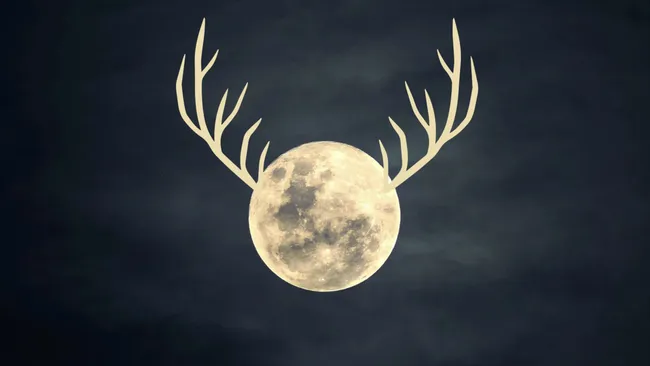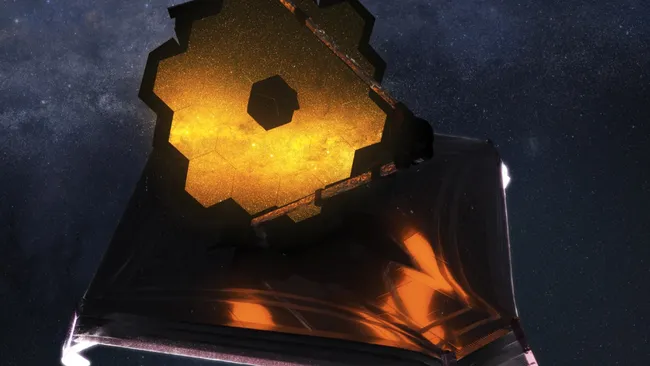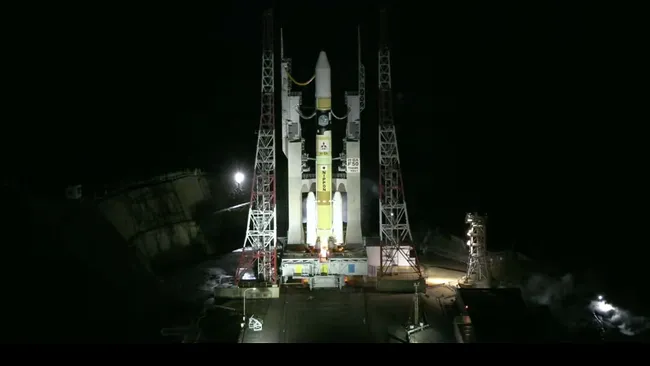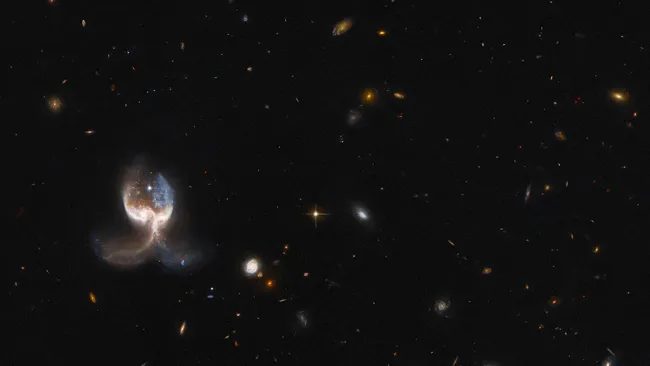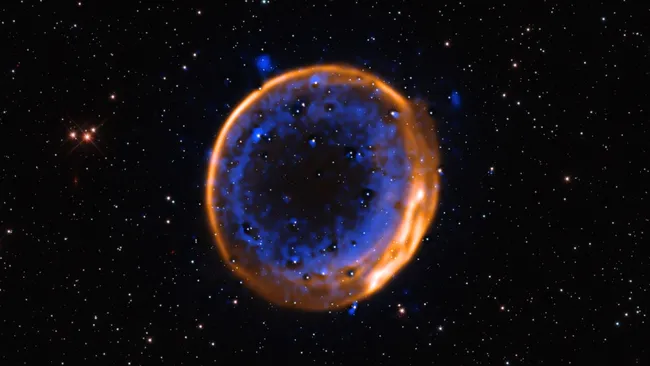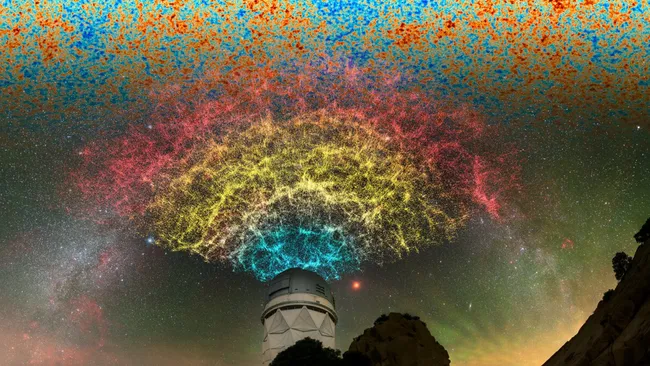Tonight’s full moon isn’t just another ordinary lunar event — it’s the 2025 Buck Moon, and it’s bringing with it a rare blend of celestial quirks that makes it truly unforgettable.
Peaking in brightness at 4:36 p.m. EDT (2036 GMT) on July 10, the Buck Moon will rise low in the southeastern sky around sunset in most parts of the world. For those in New York, for example, moonrise will occur at approximately 8:53 p.m. local time. Exact timings vary by location, so check sites like timeanddate.com for local details.
Why It’s Called the Buck Moon
Traditionally, the July full moon gets its nickname from the time of year when male deer — or bucks — start growing their antlers again. But across cultures, it also has names like the Thunder Moon (for seasonal summer storms) or the Hay Moon (marking harvest time in Europe).
Not Just Any Full Moon
This year’s Buck Moon offers a fascinating combination of astronomical factors:
- Major Lunar Standstill
The Moon’s orbit is at its greatest tilt due to gravitational pulls from the sun, making it travel along an unusually low arc across the sky during summer in the northern hemisphere. - Near Aphelion
Earth is currently near aphelion, the farthest point in its orbit from the sun. As a result, this Buck Moon is the farthest full moon from the sun in all of 2025—a rarity, even though it won’t affect its appearance visually.
What to Watch For Tonight
When the moon is full, Earth sits directly between it and the sun. This gives us a clear, fully lit view of the lunar surface — ideal for observing lunar seas, or “maria”, ancient plains formed by cooling lava billions of years ago.
Keep an eye out for:
- Tycho Crater’s ejecta rays, white streaks that fan out dramatically across the Moon’s southern region.
- Apollo landing sites — especially timely, as July 2025 marks the 56th anniversary of Apollo 11. With a telescope (ideally 6-inch or larger), you can trace where humanity first walked on the Moon.
Final Viewing Tips
- Find an area with unobstructed views of the southeast horizon.
- Bring binoculars or a telescope for the best lunar details.
- And if you’re new to skywatching, this is a perfect moment to start — the July Buck Moon is not only bright and beautiful, but rich in astronomical context.
Check our Prime Day space gear hub for telescope deals and stargazing accessories if you’re looking to upgrade your setup before night falls.
Don’t miss it — the Buck Moon won’t ride this low again for years to come.

